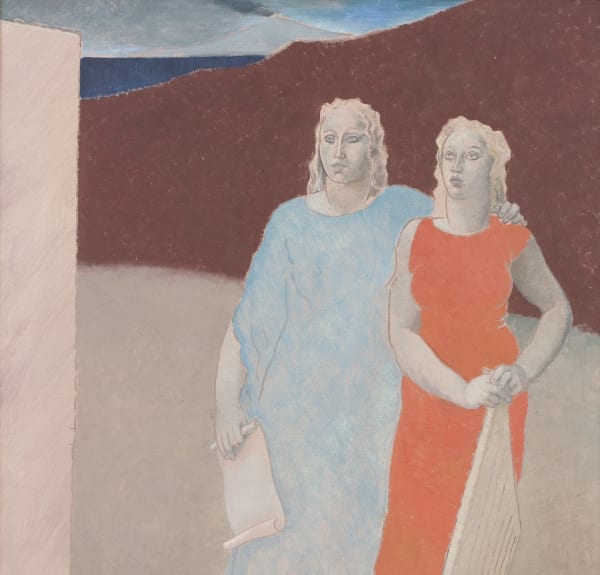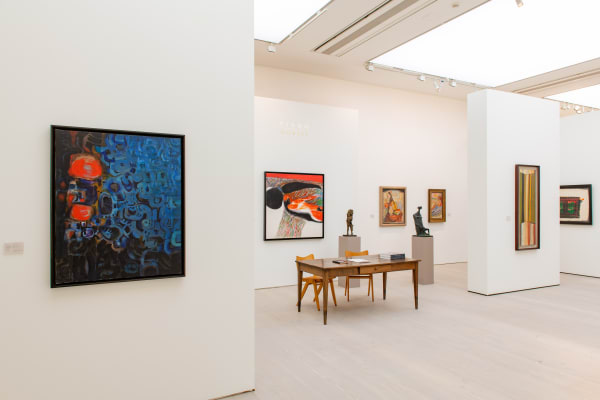Cecil Beaton
The gallery handles, acquires and advises on works by Cecil Beaton. For more information or the availability of work, please contact the gallery.
Cecil Beaton (1904 - 1980)
Cecil Beaton was born the first of four children to a wealthy timber merchant. He was schooled at St Cyprian’s, Eastbourne, where George Orwell and Cyril Connolly were contemporary pupils, before attending St John’s College, Cambridge. Beaton’s days at university were dominated by theatrical pursuits – stage and costume design as well as acting – and he left Cambridge in 1925 without receiving a degree. By 1927 he signed his first contract with Vogue magazine, shooting debutants and becoming influenced by the American photographer there, Helen MacGregor. Just the following year he first travelled to New York, then Hollywood establishing a network of illustrious friends and collaborators that would expand to include Gary Cooper, Greta Garbo and Marlene Dietrich over the next few years.
The period leading up to the war brought further success with Royal commissions (beginning with the Duke and Duchess of Kent) clashing with controversy surrounding Wallis Simpson who he photographed on several occasions. Pablo Picasso, Augustus John, Gertrude Stein, Henry Moore, Stephen Spender, Coco Chanel, Salvador Dali, and Aldous Huxley are some of the eminent artistic figures he made portraits of during this period. The Second World War saw him travel extensively through India, China, the Middle East and North Africa on military service, while still finding time to continue with work designing for stage and screen and enjoying civilian life at ease in America.
When peace returned Beaton consolidated his position as the preeminent photographer of high society through extensive work with the British Royal Family and with newly emerging stars such as Marylin Munro and Audrey Hepburn. His career continued to expand into new territories, absorbing sixties culture and mirroring his early work in an act of personal refraction that underscored both the novelty of his latest work and the importance of his previous cultural contribution.
-

Surrealism in Britain
129 Portland Road 17 Feb - 17 Mar 2020 Piano NobileSurrealism in Britain was a gallery display of work by John Armstrong, Cecil Beaton, Paul Nash, and other early twentieth-century artists who explored the subconscious. The display complimented Dulwich Picture...Read more -

British Art Fair
Saatchi Gallery 20 - 23 Sep 2018 Art FairPiano Nobile presented a selection of Post-War and Modern British art, including works by Craigie Aitchison, Kenneth Armitage, David Bomberg, Peter Coker, William Crozier, Leslie Marr, Leon Kossoff, Paul Nash,...Read more






